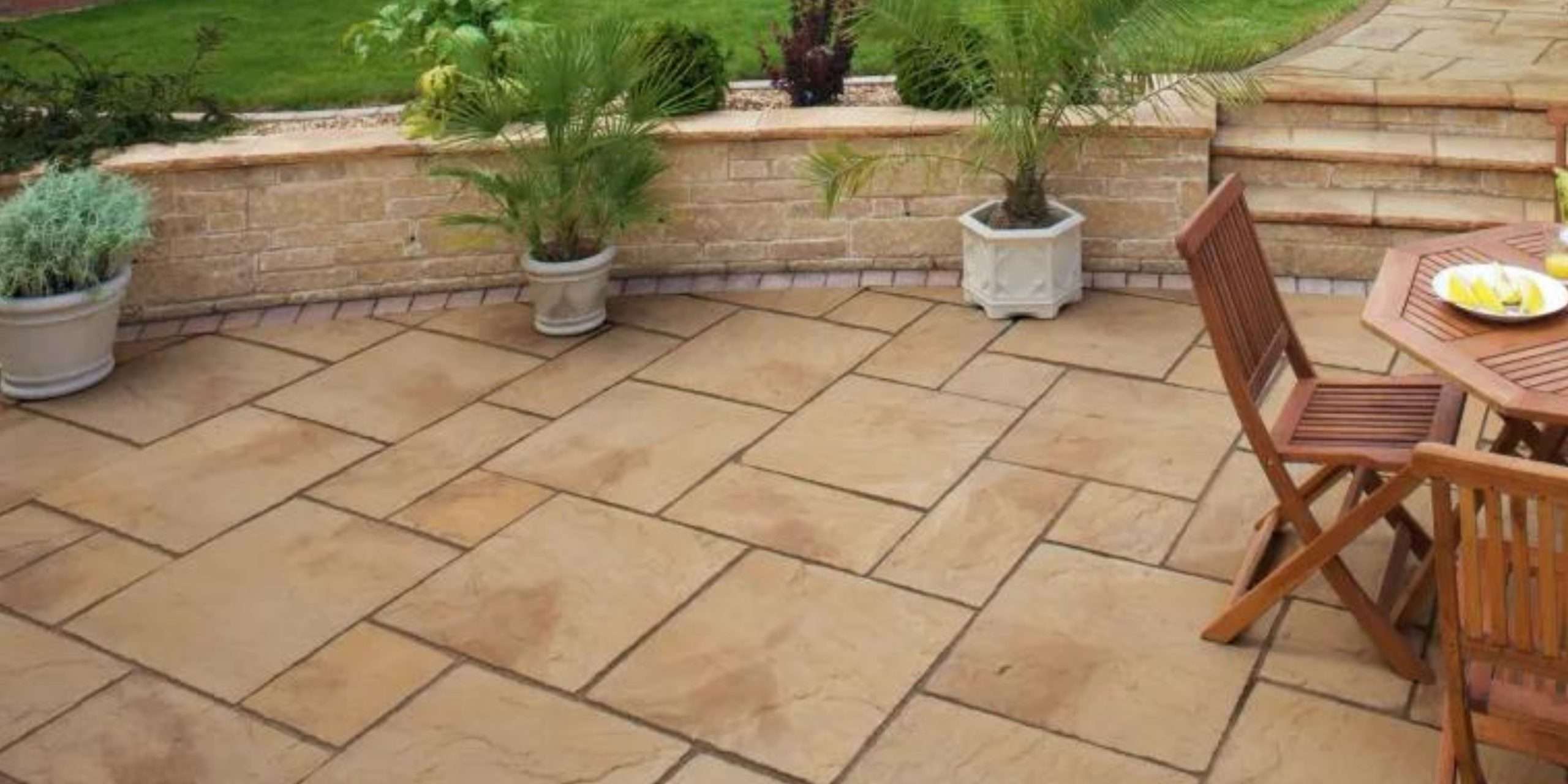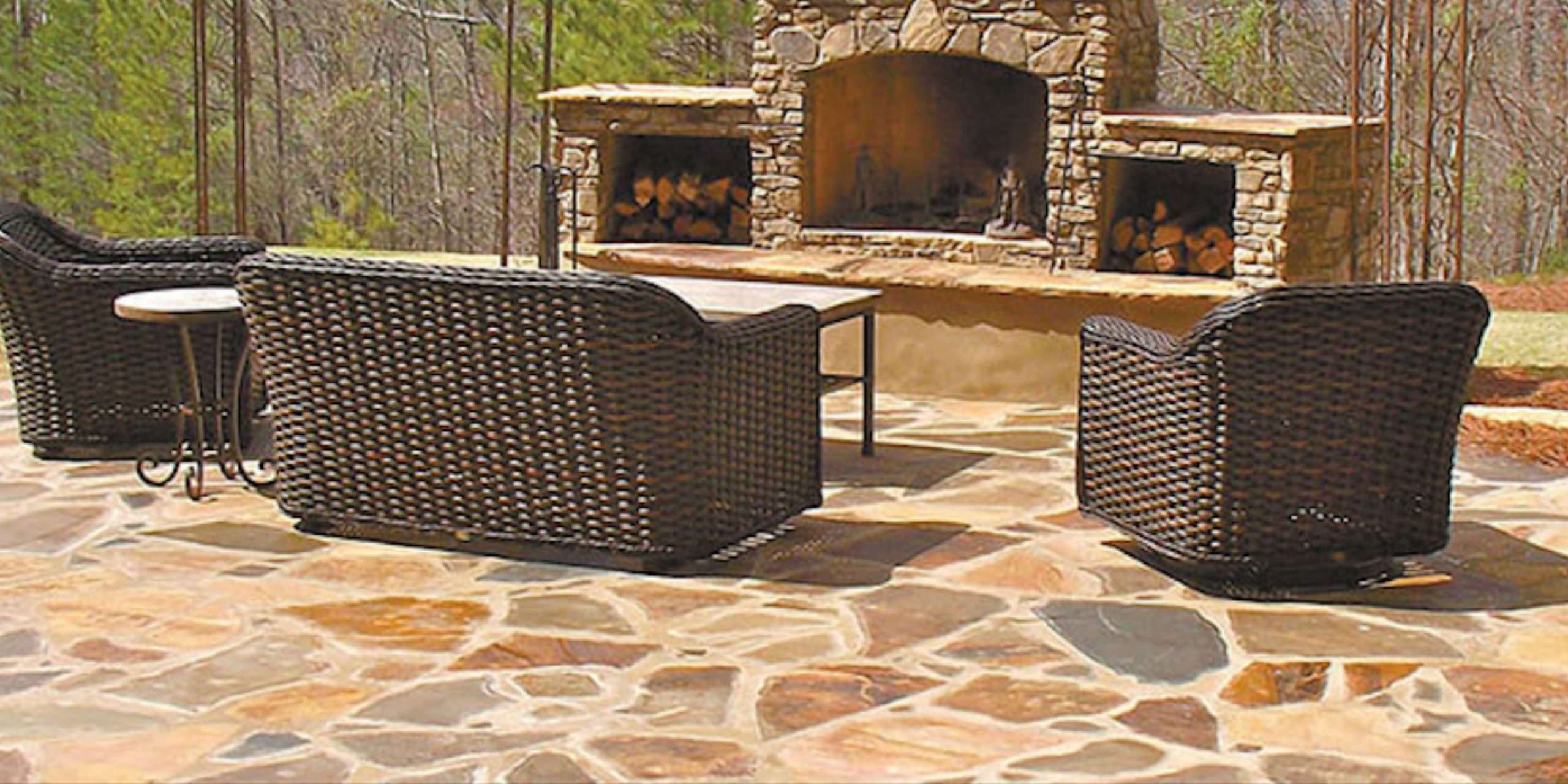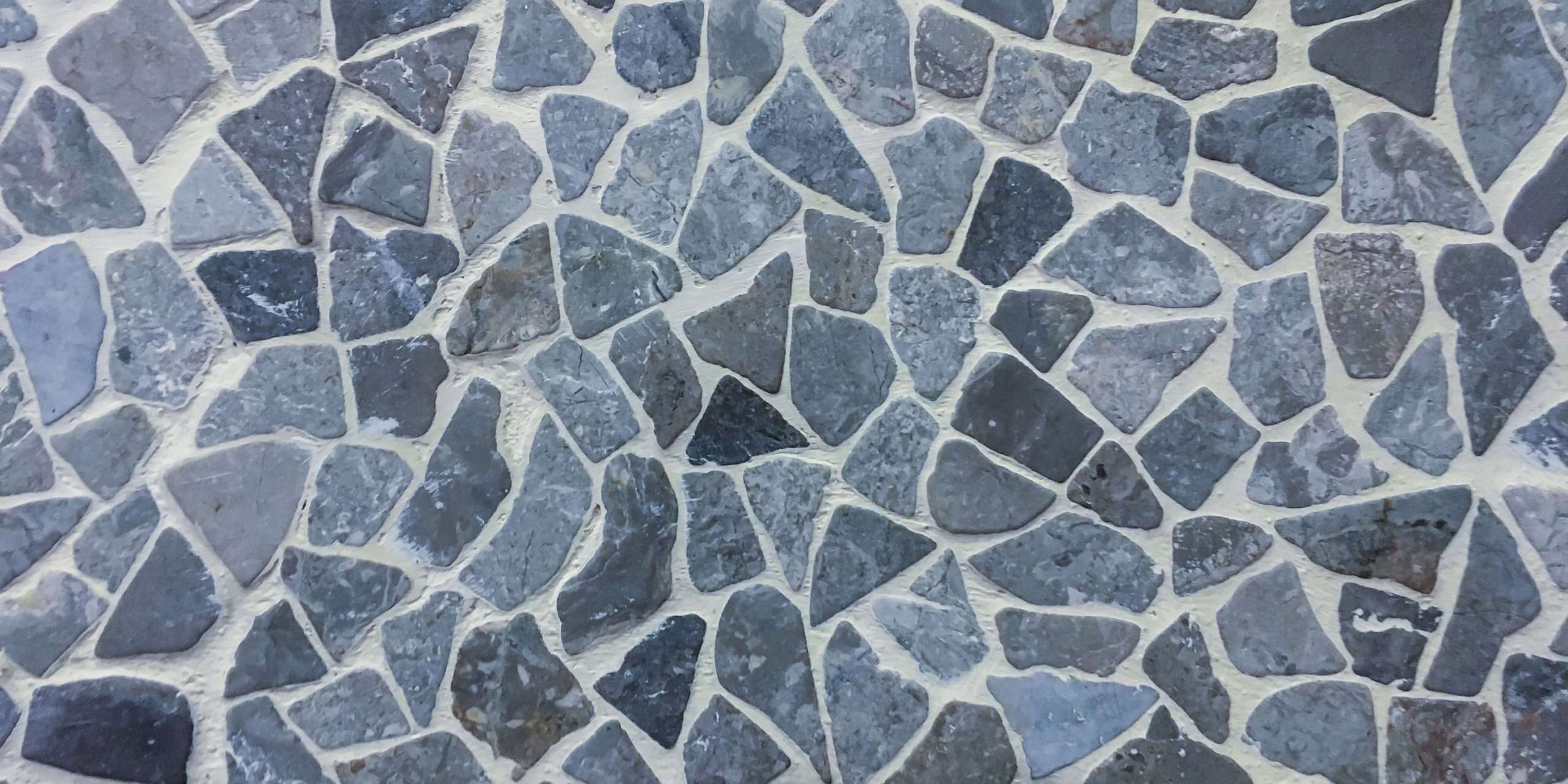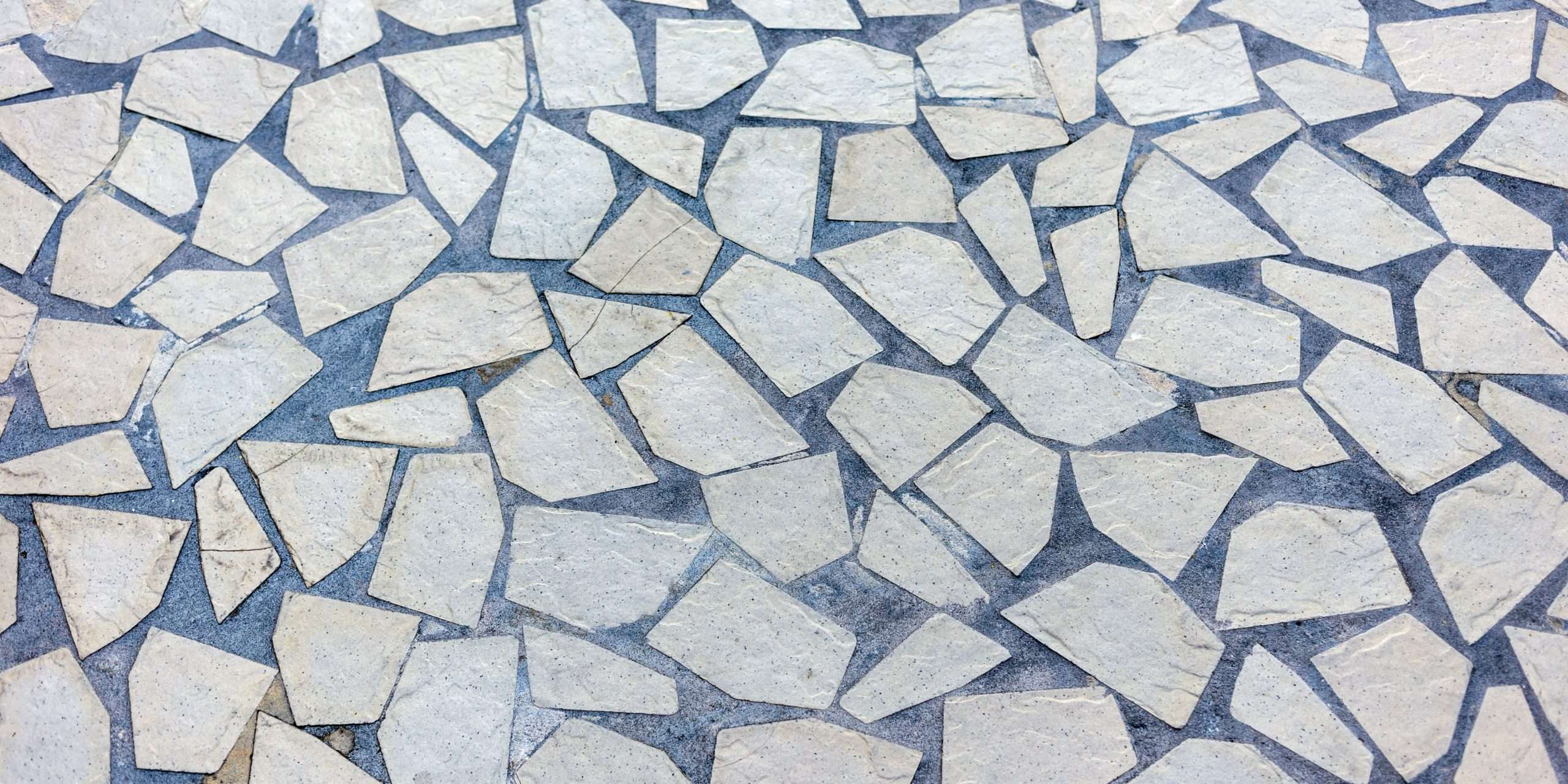Patios and walkways can be beautiful additions to any home, creating an inviting outdoor living space that can be enjoyed by family and guests alike. However, the materials used to build these outdoor features can greatly impact their durability and longevity. Traditional flagstone, while visually stunning, comes with a unique set of challenges that can make it difficult to use effectively in patios and walkways. In this blog, we’ll explore some of the challenges of using traditional flagstone and how to address them.
What is Traditional Flagstone?

Traditional flagstone is a type of natural stone that is quarried from sedimentary rock formations. It is typically composed of layers of sandstone, limestone, or slate that have been naturally formed over millions of years. The stone is cut into irregular shapes, creating a rustic look that is popular for patios and walkways.
Challenges of Using Traditional Flagstone

1. Uneven Surface
The irregular shapes of traditional flagstone can make it difficult to create a smooth and even surface for patios and walkways. Uneven surfaces can cause tripping hazards and make it difficult to place furniture or other outdoor features on the surface.
2. Cracking and Shifting
Traditional flagstone can crack and shift over time, especially if it is installed improperly or if the base underneath is not prepared properly. This can create an unattractive and unsafe surface for patios and walkways.
3. Maintenance
Traditional flagstone requires regular maintenance to keep it looking its best. This can include sealing the stone to prevent water damage, removing weeds that grow between the stones, and cleaning the surface to prevent staining and discoloration.
4. Cost
Traditional flagstone can be expensive compared to other patio and walkway materials. The cost can vary depending on the quality of the stone, the size of the area, and the complexity of the installation.
Addressing the Challenges

1. Prepare the Base
To prevent cracking and shifting of traditional flagstone, it is important to prepare the base properly. This involves excavating the area to a proper depth, installing a layer of compacted gravel, and then adding a layer of sand or stone dust to create a level surface.
2. Proper Installation
Traditional flagstone should be installed properly to prevent cracking and shifting. This involves laying the stones tightly together, using a level to ensure an even surface, and filling in any gaps with sand or stone dust.
3. Sealing and Maintenance
Traditional flagstone should be sealed after installation to prevent water damage and staining. It is also important to regularly maintain the surface by removing weeds and cleaning the stones to prevent discoloration.
4. Consider Alternatives
There are many alternatives to traditional flagstone that can be more cost-effective and easier to maintain. These include concrete pavers, stamped concrete, and natural stone tiles.
Conclusion
Traditional flagstone can be a beautiful and unique material for patios and walkways, but it comes with its own set of challenges. By properly preparing the base, installing the stones correctly, and maintaining the surface, these challenges can be addressed. However, it is important to consider alternative materials that may be more cost-effective and easier to maintain, depending on your specific needs and preferences.



Thankfulness to my father who stated to me on the topic of this weblog, this web site is
truly amazing.
My web-site … https://Sites.google.com/view/vavada-online-Casino